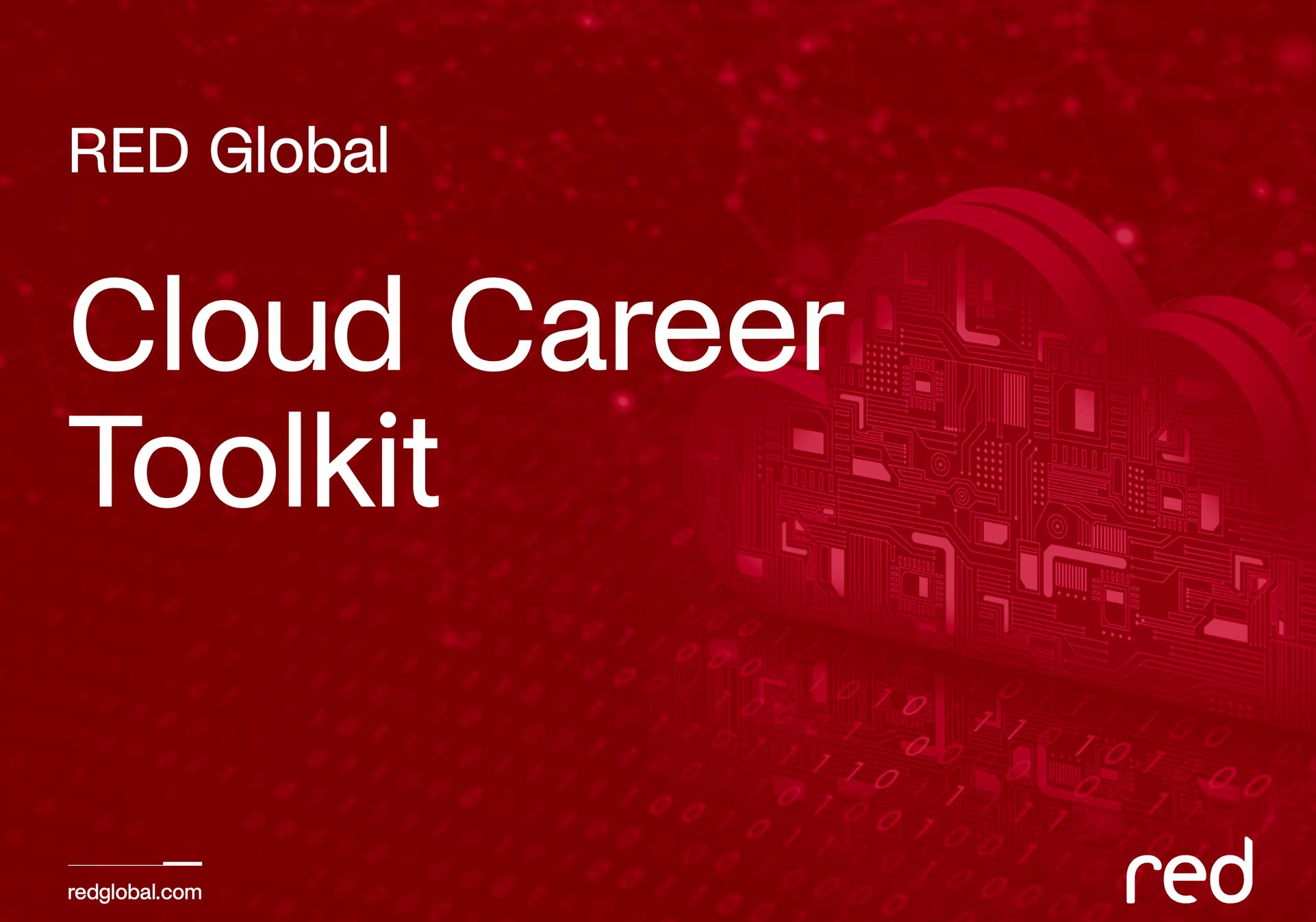What's Hot In The Cloud In 2022 - Trends To Look Out For
Blog post

Cloud computing was already potent before the COVID-19 situation. But the last two years have experienced unprecedented growth thanks to the pandemic-fuelled migration to digital-centric services and hybrid workspaces spanning industries.
Nothing can hinder this trend in 2022 and beyond, given cloud computing's success as a reliable operating model in the current digital world.
Predicting the future of this technology may appear imprudent considering the space's rapid dynamics. However, it's helpful for SAP-focused organisations and their partners to assess the stats and critical trends anticipated to shape the cloud computing world from 2022.
Top Cloud Computing Trends in 2022
Here are the leading cloud computing trends to look out for in 2022:
1. Edge computing
This emerging cloud trend is an effective alternative to cloud computing and data storage. It entails creating localised data centres for data storage and computation where it's being collected instead of a central spot that could be thousands of miles away.
The decentralised infrastructure cuts latency and increases application performance. Since resources and data are near end-users’ devices, processing will be done locally, allowing companies to save cash.
Edge computing is ideal for time-sensitive data. It seeds up data processing, reduces latency, and boosts security, connectivity, and privacy support. The trend will be an incredible enabler of organisations that need operational efficiency.
A shift to "purpose-fit for the cloud"
Cloud migration and adoption have been the frontline of a cloud-first approach. The concept generally entails migrating most of an organisation's infrastructure to cloud platforms hosted by Google Cloud, Microsoft Azure, or AWS. But this has often delivered mixed results.
Savvy organisations will increasingly shift from this concept in 2022 and beyond. Instead, the "purpose-fit for cloud" approach stands out as more realistic. Under this practical mentality, IT business functions, and company executives will be more strategic about:
- Adopting the appropriate deployment model.
- Selecting the workloads and applications that'll move to the cloud and those that will stay on-premise.
- Cloud environment optimisation to perpetually mature their cloud capabilities to align with rapidly dynamic consumer and market demands.
Continued usage of tech on demand
As businesses continue to manage costs, they'll have additional revenue to explore solutions to specific industry hurdles. Consequently, providers will look to serve a broad audience with easily accessible innovation with a low-code interface, a simple learning curve, and a democratised structure.
Organisations won't require teams of data scientists and will begin leveraging automation, AI, and machine learning to enhance their strategies. Cloud provider offerings reiterate this.
2. GitOps is now the continuous deployment standard
GitOps releases the management of cloud-native workloads with the familiar Git-based workflow. Treating Git as the primary source of truth reconciles the state. Combining this with the solution's rapid roll-back capability makes GitOps a practical and powerful approach.
The available GitOps implementation choices include Rancher Fleet, Google Anthos Config Management, ArgoCD, and Flux CD.
In 2022 and beyond, GitOps will begin supporting multicluster and multitenancy deployments. Consequently, organisations will easily manage Kubernetes clusters on hybrid environments or at the edge. As such, it'll likely become the continuous deployment gold standard.
Security, sustainability, and resiliency become mainstays in cloud conversations
Cyber threats are constantly evolving, leading to widely publicised public cloud outages. Cloud service providers are now increasingly aware of climate change impacts on customer experiences and business models. Consequently, cloud conversations now focus on cloud security, sustainability, and resiliency.
Security
More sensitive data and critical workloads are on the cloud. As such, business leaders and CISOs are now strategically building cloud environments and migrating workloads to best protect their data. More organisations will shift from reactive to proactive IT environments that anticipate and mitigate issues in realtime.
Resiliency
Clients never shy about venting disappointment whenever a relied-on device or service malfunctions because of a cloud provider outage. Being a question of "when" and not "if" the next outage will occur, business leaders are now paying more attention to IT preparedness and remediation actions to lessen the downstream impact on consumers.
Sustainability
Over the last years, sustainability has been a significant concern, with social and environmental governance as the central theme. This energised attention to corporate sustainability is expected to grow as organisations operate massive data centres. Beyond 2022, organisations will focus more on learning the following:
- How to architect and implement the cloud to achieve net-zero goals like carbon neutrality.
- How to reduce overhead and operational costs through automation.
- How cloud technologies can aid or thwart energy conservation efforts.
3. KubeVirt going mainstream
This open-source project enables Kubernetes to organise virtual machines like containers. Running containers and VMs concurrently allows clients to integrate modern microservice-based applications with legacy workloads. Customers also benefit from simple DevOps workflows.
Currently, Kubevirt is integral in Google Anthos, Platform9 Managed Kubernetes, Rancher's Harvester, and Red Hat OpenShift Virtualization. But expect a dramatic increase in its adoption and integration, where VMs are viewed as first-class citizens.
Bringing intelligence to cloud space
The scope of cloud computing goes beyond storage. Companies are now leveraging intelligent cloud solutions to extract insights from the available data and boost overall efficiency.
Cloud-based AI technologies are now helping companies extract more value from their ever-growing chunks of data. Organisations also leverage AI algorithms to discover new data insights and streamline functions. Entities without the resources to construct robust infrastructures now have a level playing field through cloud services.
Organisations are also automating most internal processes through cloud-centred systems and data. Most strive to tighten connections between various tech solutions to better manage their ever-growing cloud footprints and ensure seamless collaboration between solutions from different suppliers.
Finally, many organisations now prefer to outsource their IT functions to vendors. IT function delegation cuts operation costs and allows organisations to focus on their core service or product. However, you must consider your sensitive technology and data when determining outsourcing.
Get expert help staying ahead of the 2022 cloud computing trends
Staying ahead of the above trends will help you cut costs, stay innovative, and meet your market and customer demands. But it's not easy to always heed to the developments. Fortunately, RED Global will power your digital transformation by linking you to a global pool of qualified tech and SAP talent.
Your Cloud Career Toolkit
Resources
Finding your dream job and navigating your way through a successful career can be challenging.
When it comes to finding a cloud job and dealing with the challenges that may arise in your cloud career, we’ve got the expertise to ensure your success.
In this Cloud Career Toolkit, we'll explore the exciting world of cloud computing and show you how to take the first steps towards a rewarding career in this dynamic field.
If you have any feedback about the toolkit, we'd love to hear from you.
To download our free Cloud Career Toolkit, fill out the form and click 'download'.






